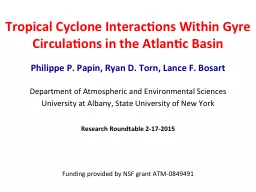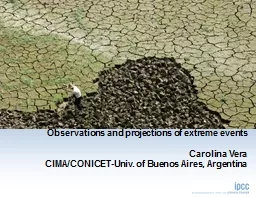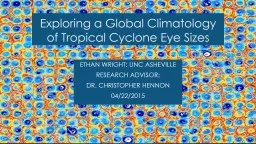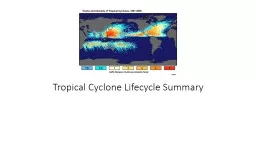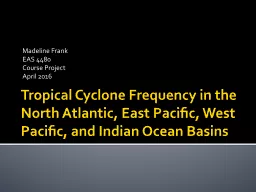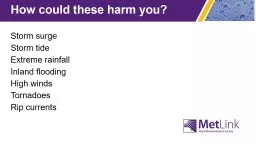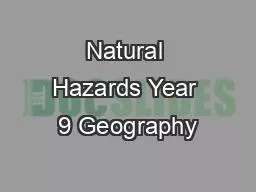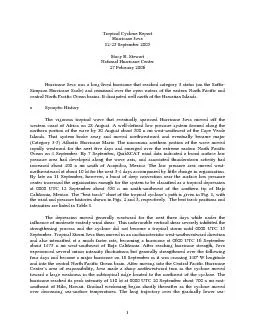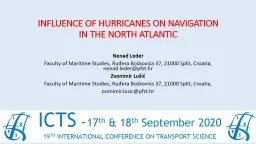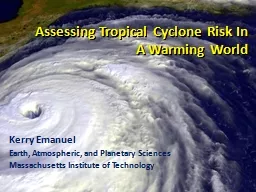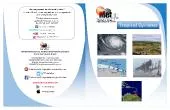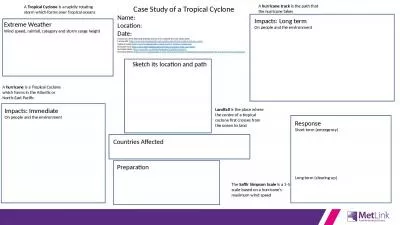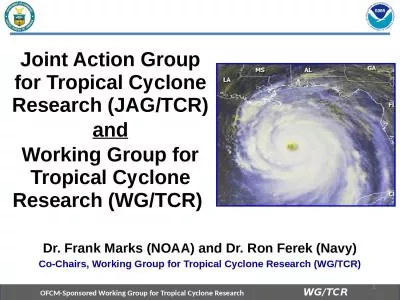PPT-Tropical Cyclone Interactions Within Gyre
Author : alida-meadow | Published Date : 2016-03-02
Circulations in the Atlantic Basin Philippe P Papin Ryan D Torn Lance F Bosart Department of Atmospheric and Environmental Sciences University at Albany State
Presentation Embed Code
Download Presentation
Download Presentation The PPT/PDF document "Tropical Cyclone Interactions Within Gyr..." is the property of its rightful owner. Permission is granted to download and print the materials on this website for personal, non-commercial use only, and to display it on your personal computer provided you do not modify the materials and that you retain all copyright notices contained in the materials. By downloading content from our website, you accept the terms of this agreement.
Tropical Cyclone Interactions Within Gyre: Transcript
Download Rules Of Document
"Tropical Cyclone Interactions Within Gyre"The content belongs to its owner. You may download and print it for personal use, without modification, and keep all copyright notices. By downloading, you agree to these terms.
Related Documents

